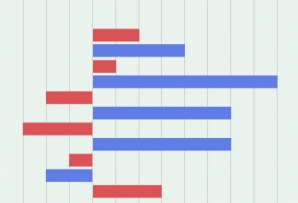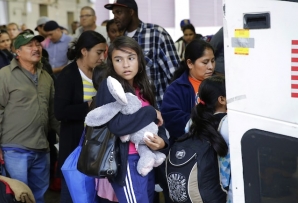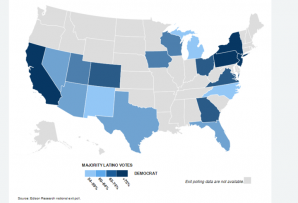A GUIDE TO
A Guide to 2018 Elections: United States
On November 6, the United States holds legislative midterms. All 435 members of the House of Representatives are up for reelection to two-year terms, along with one-third (34 members) of senators, who serve six-year terms. Though Republicans enter the contest in the stronger position—they hold majorities in both houses of Congress—a historically unpopular president has meant GOP losses in special elections.
At least 41 Republican incumbents have announced they won’t run for reelection to the House in 2018, along with 19 Democrats. The opposition party needs to pick up 23 seats in the House for a majority. Democrats face a bigger challenge in the Senate: they’ll need to defend all 26 seats up for reelection and pick up two seats, while Republicans only have to defend eight seats to maintain their 51-49 majority.
With contentious issues like the unresolved status of 800,000 youth under DACA, a border wall, and immigration crackdowns by the Trump administration, a surge in Democratic momentum has pundits watching Texas, where Latinos made up 17 percent of voters in 2016, second only to Florida. In March primary voting, turnout was higher among Democrats than Republicans for the first time ever, with significant boosts in six counties with large Latino populations.
>> Find out about other elections in our main 2018 Election Guide.
Share
Democrats’ gains among Latino voters from 2016 to 2018 were modest, and in some cases, there were losses.
Representation matters, as does what language you speak.
Latino politicians are running up and down the ticket for seats that would place them on school boards, in governor’s mansions, and on Capitol Hill.
Demographic shifts will change everything, from Latin American migration to the United States to nativism as a political strategy, explains Princeton’s Douglas Massey.
Mexicans won't pick their next president based on Trump tweets, but that doesn't mean bilateral ties aren't in jeopardy, writes AS Board Member Arturo Sarukhan in The Hill.
Latin Americans will vote for nine new presidents in two years, along with more than 2,900 legislators.
Though Latinos made up a record portion of the electorate on November 8, fewer voted for Hillary Clinton than expected.












